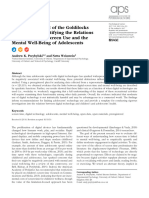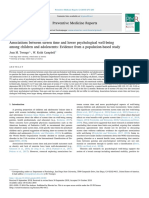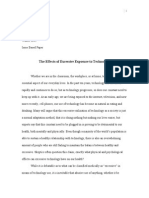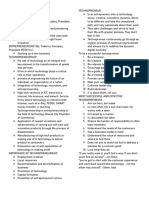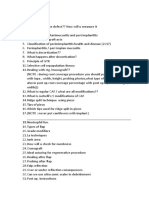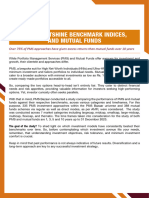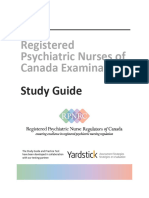0% found this document useful (0 votes)
54 views3 pagesScreen Time Adolescent Health
This research paper examines the negative effects of excessive screen time on adolescent health, including physical issues like obesity and sleep disturbances, as well as mental health concerns such as depression and anxiety. It highlights the importance of parental involvement in moderating screen use and suggests strategies for promoting healthier digital habits. Ultimately, the paper calls for awareness and proactive management to help adolescents thrive in a technology-driven environment.
Uploaded by
kitkatbruh67Copyright
© © All Rights Reserved
We take content rights seriously. If you suspect this is your content, claim it here.
Available Formats
Download as PDF, TXT or read online on Scribd
0% found this document useful (0 votes)
54 views3 pagesScreen Time Adolescent Health
This research paper examines the negative effects of excessive screen time on adolescent health, including physical issues like obesity and sleep disturbances, as well as mental health concerns such as depression and anxiety. It highlights the importance of parental involvement in moderating screen use and suggests strategies for promoting healthier digital habits. Ultimately, the paper calls for awareness and proactive management to help adolescents thrive in a technology-driven environment.
Uploaded by
kitkatbruh67Copyright
© © All Rights Reserved
We take content rights seriously. If you suspect this is your content, claim it here.
Available Formats
Download as PDF, TXT or read online on Scribd
/ 3









